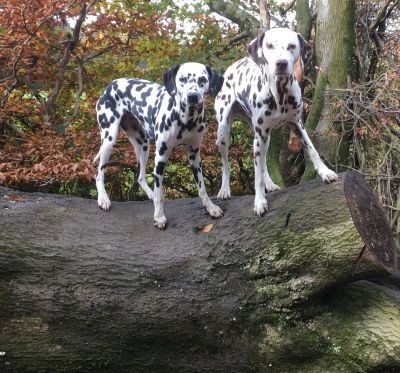
Posted By:
One of the most common procedures a small animal vet will carry out on a day to day basis is neutering. It’s not that we do this for fun but for one of many advantages that this can give our patients, owners and our community in general. The many benefits include: It obviously reduces the numbers of unwanted or feral dogs and cats; it can often help behaviour and enable pets to live in larger numbers and maybe be a bit less aggressive; and depending on the sex of the patients can help to prevent life threatening conditions such as mammary and testicular cancer as well as prevent other medical problems.
With such advantages being gained it is obvious that neutering is a really important part of a vets life and therefore becomes part of the daily routine. There are lots of long term advantages for patients but the negative is that they have to go through a surgical procedure and as such it is always our aim to look at how we can minimise the effects of surgery on our pets. Although these surgeries have essentially been performed for decades, over the past ten years advancements in anaesthetics, pain killing medication and even suture materials have helped to make neutering procedures quicker, slicker and less painful. However it doesn’t stop there, and as human medicine advances then so does the world of veterinary medicine.
Spaying bitches is probably the most invasive procedure of neutering that we regularly perform, so when the advent of laparoscopic or Keyhole equipment and procedures started to come about for humans, vets became interested in the possibility of this one day becoming practical for our pets. After several years of technological advancements in equipment we are now entering a time where keyhole surgery can be offered in veterinary medicine and particularly in performing bitch spays.
People can often worry about a putting there bitch through a spay procedure, and whilst realising all the advantages it may bring want to do anything to limit how invasive the operation is. One such example is the owners of Daisy and Dinky, mother and daughter Dalmatians.
Daisy and Dinky are very typical Dalmatians in their lively, highly energetic nature, and so when the owners were offered a possibility of performing the procedure via keyhole they were immediately keen. On different days both bitches visited the surgery and as per any other procedure underwent anaesthesia. During the procedure 3 ports were placed into the wall of abdomen that allowed access of the camera and instruments into their abdomens. The camera located the correct location, and then with the instruments we were able to pick up the ovaries, seal the blood vessels and cut, and then finally remove the ovaries through the port. A stitch was placed into each of the 3 wounds and then they were taken back to bed to recover.
In a very short space of time Daisy and Dinky were back on their feet and keen to eat, as Dalmatians always are! With very minimal internal manipulation it was apparent that both of them still felt very comfortable after their procedures, something that can take a little longer after a traditional spay procedure, and at this point they never looked back with both bitches being very bright, bouncy and well at each of their post-operative checks.
The world of medicine is always advancing and what happens in human medicine eventually filters down into veterinary medicine, it just takes time. Thankfully this means that when we benefit eventually our pets do to, and day to day procedures like this can don’t need to knock them off their stride for too long.
As our feline friends get older there are a few conditions...
Another winter discussion group season is now behind...
We used a client’s new Morris Remote Control...
©2024 Shepton Veterinary Group Ltd., All rights reserved.
Privacy Policy • Terms & Conditions • Cookie Policy